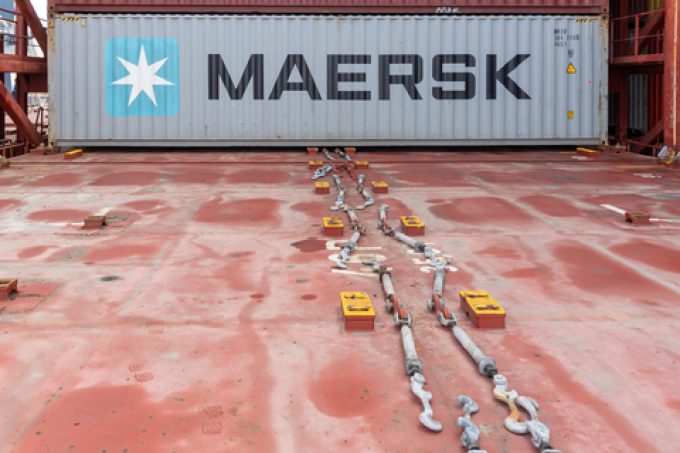Hapag 'took the bigger risk' when it signed up to Gemini, says Maersk
Hapag-Lloyd “took the bigger risk” in the partnership with Maersk in the Gemini Cooperation, according ...

Ahead of its second-quarter results announcement tomorrow, Maersk has upgraded its guidance for the full year by $7bn, reflecting higher-than-anticipated earnings, spurred by continued global supply chain disruptions.
Maersk has followed Hapag-Lloyd in upgrading its profit outlook again, as the hopes of shippers for any early return to some form of normalisation are dashed by port congestion and intermodal bottlenecks on the world’s tradelanes.
Maersk’s Q2 revenue was $21.7bn, compared with Q1 turnover of $19.3bn, for an ebitda of $10.3bn and an ...
Outlook for container shipping 'more uncertain now than at the onset of Covid'
Teamsters union vows UPS will be 'in for a hell of a fight' over jobs cull
Shippers warned: don't under-value US exports to avoid tariffs – 'CBP will catch you'
Cancelled voyages take the sting out of spot rate declines this week
New Houthi warning to shipping as rebel group targets specific companies
K+N CEO unveils impact of US import tariffs on China-origin goods
Blanked sailings in response to falling demand 'just a stop-gap solution'
More pressure on transpacific rates as carriers bet on a China-US trade deal

Comment on this article